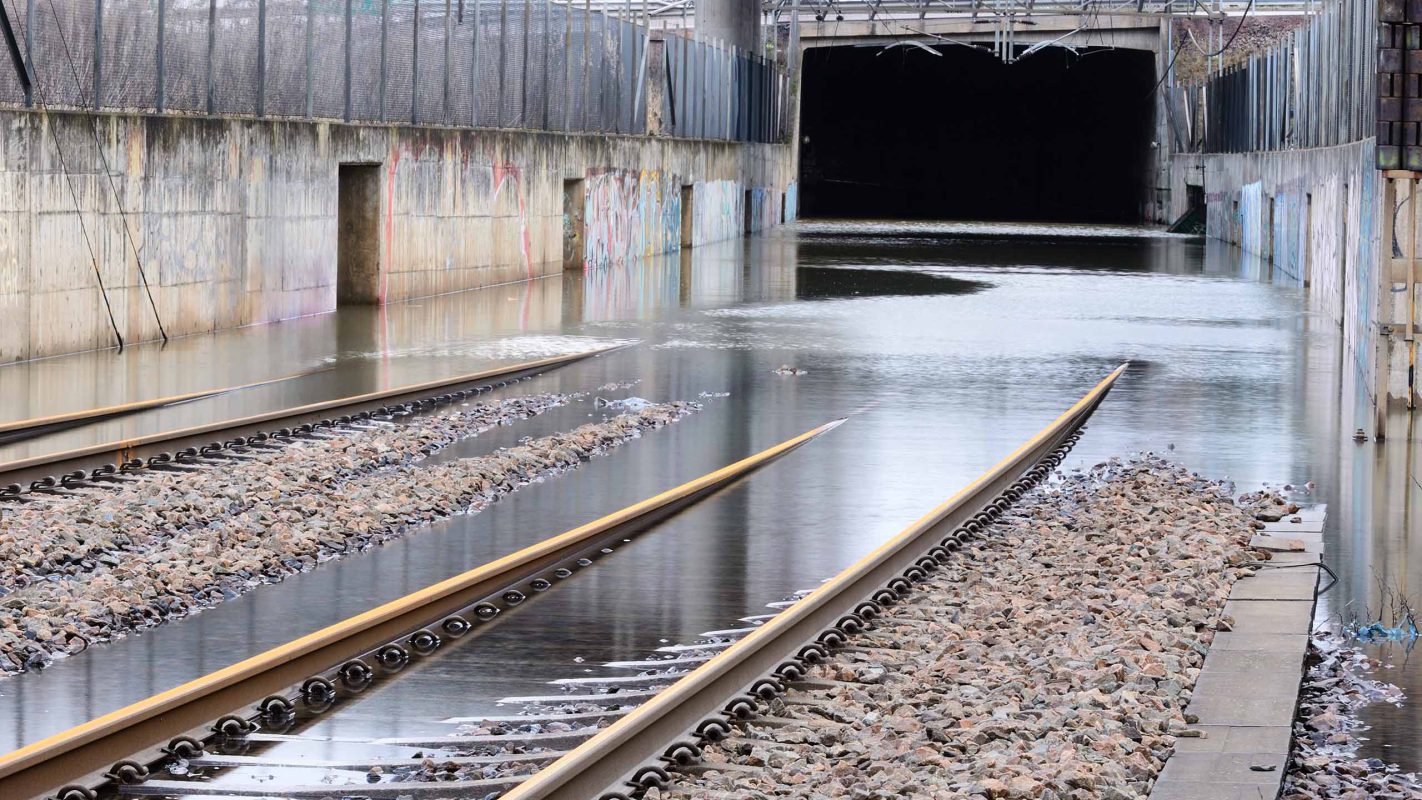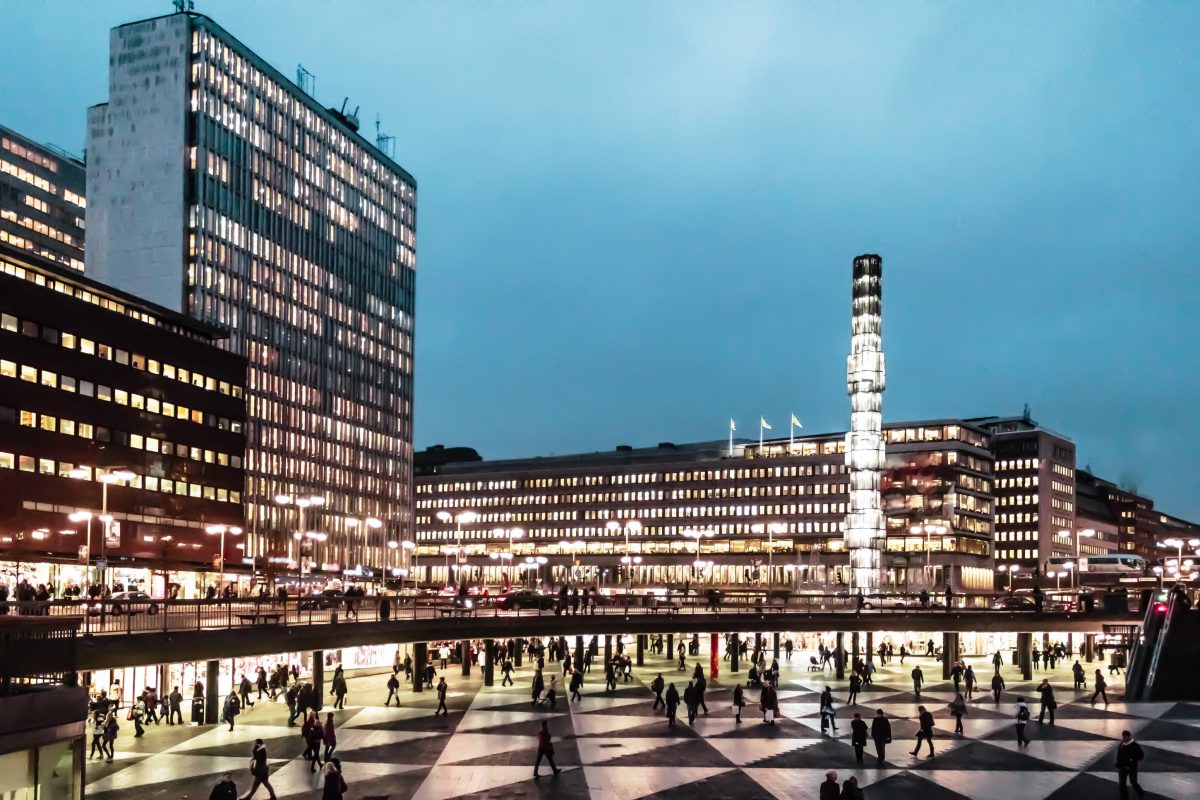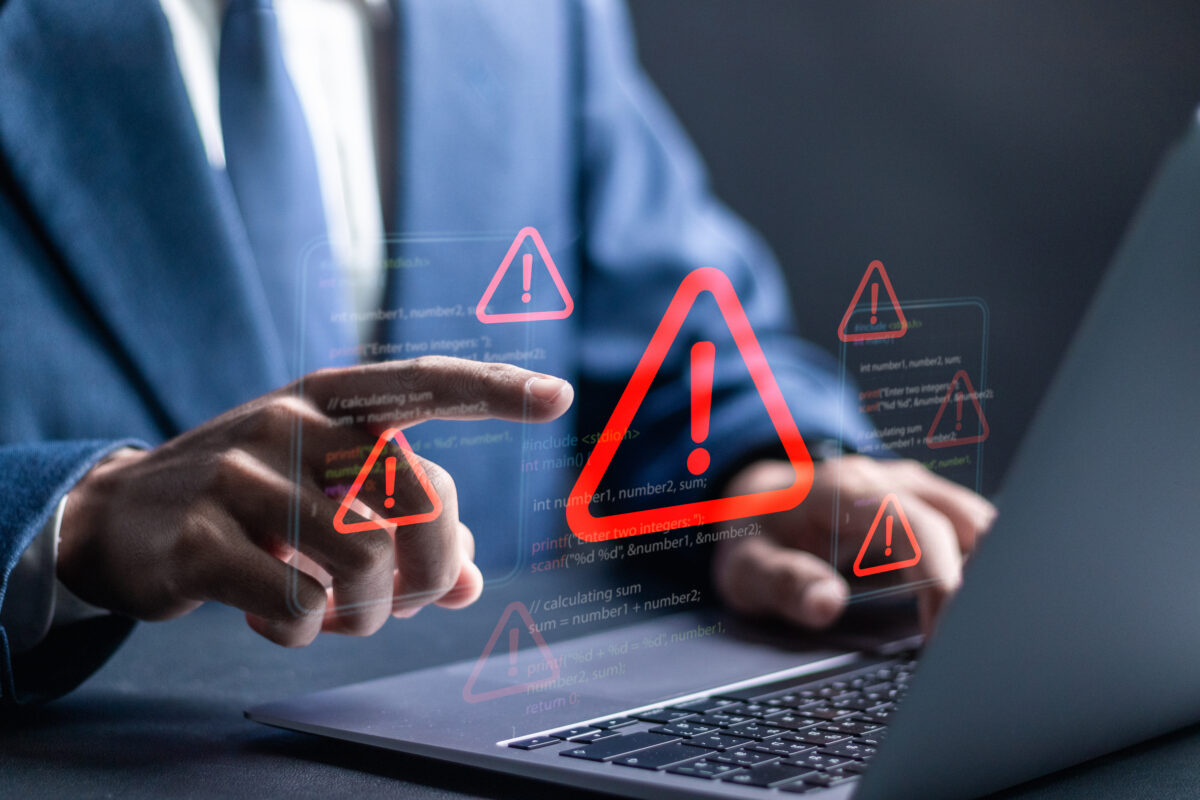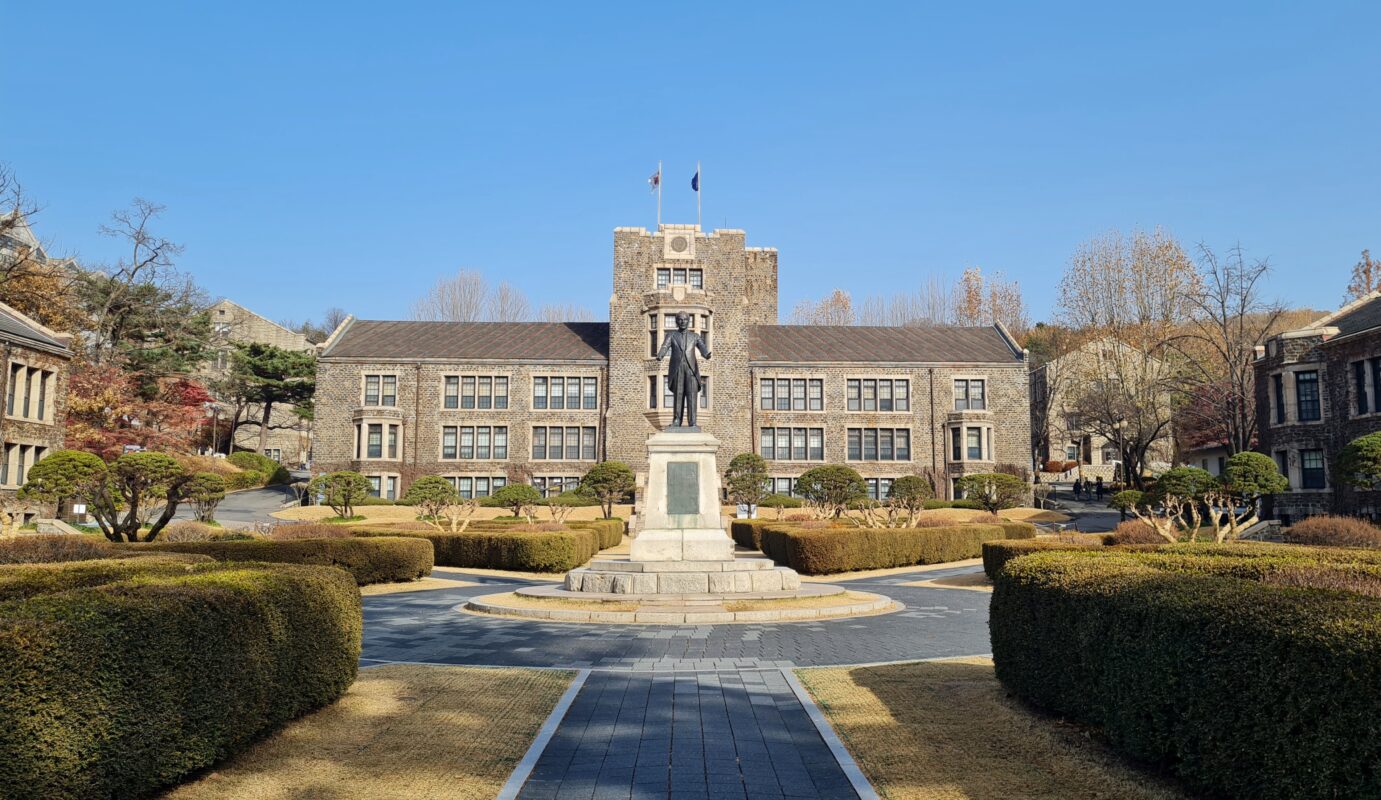Background
With climate-related incidents becoming more commonplace, Stockholm Municipality and the Traffic Administration Authority wanted to fully understand the implications of flooding in the city to develop and implement effective contingency plans in the event of a cloudburst.
Challenge
Analyse and define the risks and vulnerabilities to critical infrastructure and the impact on inhabitants in Stockholm City and the surrounding region.
Solution
Risk analysis reports were created using digital rainfall tools and risk models that determine where stormwater will gather and flow, the impacts, and which critical entities need to be protected or rehoused.
Benefits
Stockholm Municipality can better prepare for cloudbursts and other flooding scenarios and take appropriate action to protect society and people’s lives.
Stockholm Municipality serves a population of nearly 1 million residents, making it the largest of the 290 municipalities in Sweden. It covers an area of roughly 4600 km2 and is home to many governmental ministries, major hospitals, national museums, and public transport hubs.
‘Venice of the North’
Built on 14 islands and with a lake stretching some 100 km on one side and the Baltic Sea on the other, Stockholm has long been called the Venice of the North. Heavy rain across the region can cause the lake waters to rise, which has seen the city invest heavily in its floodgates* as part of an enormous reconstruction program at Slussen, the lake-sea locks in the old town.
Localized rainstorms, however, in the form of a cloudburst, which can see hundreds of millimeters of rainfall in a few short hours, can have a much more devastating impact. Stockholm Municipality conducted an extensive investigation to better understand the vulnerabilities and risks.
*A study by engineering consultants WSP found that in a 100-year event the direct costs of the socially important objects are estimated at approximately EUR 64 million and about 230,000 people will be without essential services.
Long-term climate risk management partnership
Together with Stockholm Municipality, 4C has been analyzing the potential impact of cloudbursts, heatwaves, and other climate-related events since 2010. The most comprehensive of these was recently conducted with the Municipality Executive Office and the Traffic Administration Authority to develop a climate resilience plan for a cloudburst in the city and surrounding region.
Risk & vulnerability analysis
“The previous analyses highlighted the potential vulnerability hot spots,” says Karin Dhakal, Strategist at Stockholm Municipality Executive Office.
“However, we wanted to do a more comprehensive analysis that looks beyond where stormwater collects and includes critical infrastructure in the municipality that is and is not – e.g. hospitals, public transport, and police stations- under our immediate control. 4C has led our previous work in this field and has worked on similar risk analysis projects that, among other things, analyzed the impact of a mandated blackout on infrastructure and society. This experience, combined with their climate resilience expertise, made 4C the ideal partner for this important project.”
“4C has led our previous work in this field and has worked on similar risk analysis projects This experience, combined with their climate resilience expertise, made 4C the ideal partner for this important project.”
Karin Dhakal, Strategist – Stockholm Municipality Executive Office
Multiple risk levels with far-reaching implications
4C consultants analysed the risks to the city’s infrastructure on multiple levels using rainfall prediction tools, new and existing data, and advanced risk models. A thorough analysis of the city’s critical infrastructure was conducted to discover what was most at risk and which areas should be prioritized. For example, what are the implications for hospitals and schools? The report even evaluated the potential threat to lives when water rises to certain levels and currents become too strong.
“It’s a valuable exercise for any authority or critical infrastructure provider,” says Olle Crondahl, Senior Consultant at 4C.” Often, organizations are satisfied with identifying the hotspots for rainfall and its impact on a building or site. But when you investigate further, you quickly find that the repercussions can be far-reaching. One unpassable road can lead to traffic chaos elsewhere, significantly impacting emergency services. Fast-flowing stormwater can put a stop to food deliveries and hinder healthcare staff from accessing retirement homes. If that’s a likely risk, a contingency plan must be implemented to resolve it so it doesn’t become a crisis.”
Get in touch
With 20+ years’ experience and an end-to-end platform that scales with your organization, Exonaut Climate Resilience provides the ultimate solution. No matter which climate package suits you, our consultants can help you deploy or utilize it to build your resilience.
Climate resilience tool
The final risk analysis report is an important support tool for many of the Municipality’s administrations and companies in their climate resilience work and, in particular, preparations for a cloudburst. It includes everything from overviews of which critical infrastructure sites are most at risk to much more detailed information that can be used for flood traffic planning.
“The report will be used to define the next steps in the resilience program, which involves multiple departments in the Municipality” continues Karin Dhakal. “With these data sets, for instance, it’s easier to do a cost analysis on such things as construction work on potential stormwater diversions in highly vulnerable areas. The report also facilitates project prioritization, the development of contingency plans, and budget planning. If you haven’t done a proper risk analysis, you simply cannot do this effectively.”
“The report also facilitates project prioritization, the development of contingency plans, and budget planning. If you haven’t done a proper risk analysis, you simply cannot do this effectively.”
Karin Dhakal, Strategist – Stockholm Municipality Executive Office
Collaboration is key
A risk and vulnerability analysis also helps organizations to understand who is accountable for what and why collaboration between different stakeholders is so important. One of the key findings when 4C first began working with Stockholm Municipality on climate resilience was the need to create a forum with different experts from municipal water companies, urban planning, and the climate adaptation team, among others. Based on this, a dedicated interdisciplinary group was set up by Stockholm Municipality over a decade ago to facilitate better communication and collaboration.
Climate incidents on the rise
Uncertain weather patterns and climate change have increased the urgency for authorities and organizations to plan for weather-related events. Cloudbursts, also known as 100-year rainstorms, are becoming more commonplace. The Danish capital, Copenhagen, for example, was hit by a 1000-year and two 100-year rainstorms between 2010 and 2014. According to reports the 1000-year rainstorm resulted in costs somewhere between 0.5 and 1 billion US dollars.
“The cost of flooding, both to society and financially, is almost always higher than the cost of preparing for and preventing the impacts of floods. We see daily reports of climate-related crises from around the world and around the corner. Today, nobody can say it won’t happen here. Your preparation, prevention, and continuity program is only as good as your risk and vulnerability analysis, so you must ensure you get it right,” concludes Olle Crondahl.









